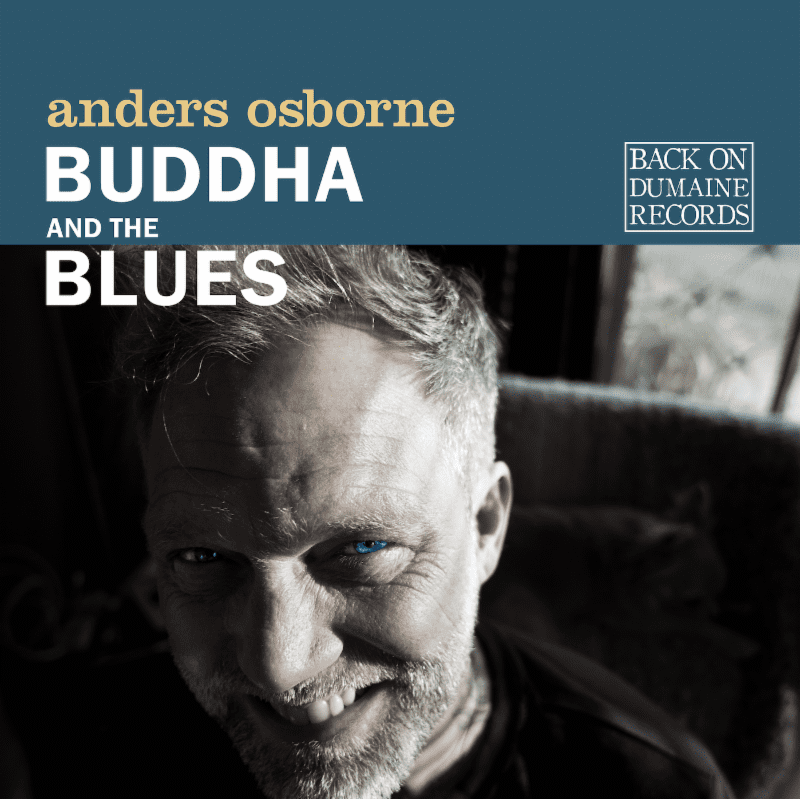Anders Osborne’s ‘Buddha and the Blues’ Contains Many Flavors

Musicians must hate it when a reviewer likens their hard work to that of a more famous performer — particularly if, like New Orleans-based singer-songwriter Anders Osborne, you have been around a while yourself.
But Osborne’s lovely new album Buddha and the Blues has moments throughout when others come to mind in the most delightful way. Think Van Morrison, JJ Cale, and even Tears for Fears. Not covers, mind you. They are but flavors, spices added to Osborne’s own passionate style and lyrics.
A good example is the track “Fields of Honey.” It is a gentle, heartfelt folk-croon (written in a backyard with bees) about the struggle to appreciate what you have. It turns a bit jazzy at the end with funky backup singers and some bluesy tones that would do the great Irishman Morrison proud.
Similarly, the early riffs on the title track are highly reminiscent of the Tears for Fears hit “Mad World” (which is no bad thing, by the way). But that is just the start. It turns into an emotional quasi-hymn about waiting — perhaps wastefully — for a better future that probably won’t come. It is quite haunting:
I’m waiting for this blue to turn into bliss
I’m aching for a truth that doesn’t exist
I’m running down a dream that feels no fear, no fear, no fear
We’re all working on our faith for moments of doubt
We’re all planning to be great some hundred years out
Keep living for a day that will never be here, here, here.
An unusual twist on this album is the inclusion of two versions of the same song —”Alone” and “Alone Unplugged.” Again, the song is about struggling with reality: “I’m a boat, on my soul / I’m a ship, in my mind / You’re a wave, in my hands / I’m a wreck. All the time.”
Both versions are good, but I prefer “Unplugged,” even if it is a misnomer. Osborne sings to some acoustic guitar but with a bit of slow, fuzzy electric bursting in between stanzas.
Which brings us to the album’s wonderful guitar work. It is not clear how much of it is Osborne (who is known for his six-string work) and how much Waddy Wachtel, a veteran session man who has worked with the likes of Linda Ronstadt, The Rolling Stones, James Taylor, and Iggy Pop.
There is, however, a magnificent minute and a half breakout at the end of “Smoke and Mirrors” that Osborne calls “classic Waddy.” It is a standout, no doubt about it.
Buddha and the Blues is one of those albums that is peppered with standout moments. It is the kind of work where if it is playing in the background it cuts across whatever you are doing, making you raise your head and say: “Hey, that’s good!”


